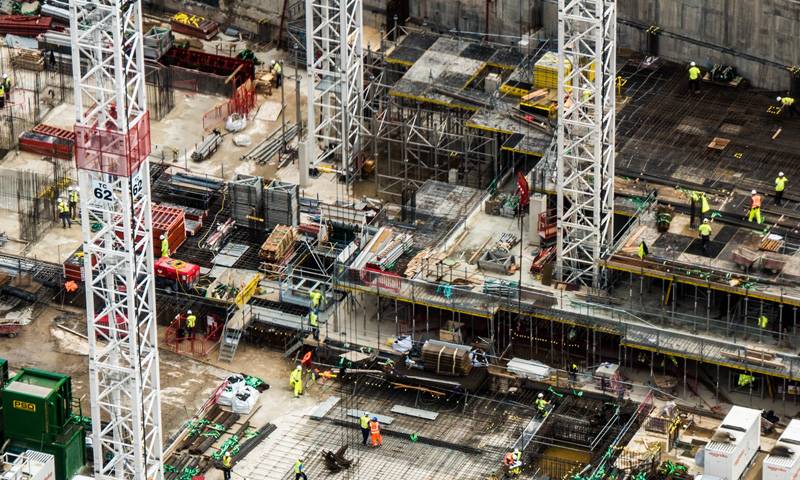A study by Professor Hedley Smyth and colleagues finds UK construction firms employing health and safety practices that are sometimes too procedural, prescriptive and inconsistently implemented.

Smyth is one of the authors of a piece of research that aims to redress the balance, funded by UCL Grand Challenges and carried out in collaboration with Hong Kong University. “Looking at organisational behaviour enabled us to make connections that previous research hadn’t made,” he explains.
“Health and safety tends to be seen as a discrete, almost isolated, function among main contractors and subcontractors and they’ve reached the limits of that. They need to break down these organisational barriers to integrate it into everything they do.”
For the UK leg of the research, published in March 2019, the team interviewed more than 40 people in the construction supply chain, from senior management and clients to self-employed site operatives.
They found that safety rarely features in corporate strategies, and that the systems for managing safety and knowledge are typically separate, missing opportunities for learning. Firms do have strong procedural requirements on health and safety, but it is not integrated into corporate culture and implementation is usually handed down to subcontractors and agency operatives.
“It’s very difficult to manage geographically scattered sites on a consistent basis unless you have a strong cultural and behavioural programme in which health and safety is situated,” says Smyth. “Most firms don’t.”
More positively, conditions on site are improving as wellbeing rises up the corporate agenda, for example with the growing provision of healthy food options and rest areas. Management hope such measures could improve wellbeing and reduce near-misses and accidents, though Smyth warns of a perverse effect: “Many people in the construction industry work very long hours and are paid by results. Improving welfare facilities can actually encourage them to work longer, and that can bring in fatigue. That generally applies to office workers, but it’s exacerbated in construction because the business model encourages long hours.”
To make real improvements, and get off the plateau, contractors could invest in management systems and processes to improve productivity – for example, behavioural programmes or knowledge management systems. “There are lots of low-key incremental investments that have a substantial effect on the way people are managed, the way managers perform and the way that work is conducted.”
Smyth has found his ideas gaining traction among both academics and industry. A well-attended workshop drew business leaders and the Health & Safety Executive, and he has been invited to speak at industry events.
 Close
Close

